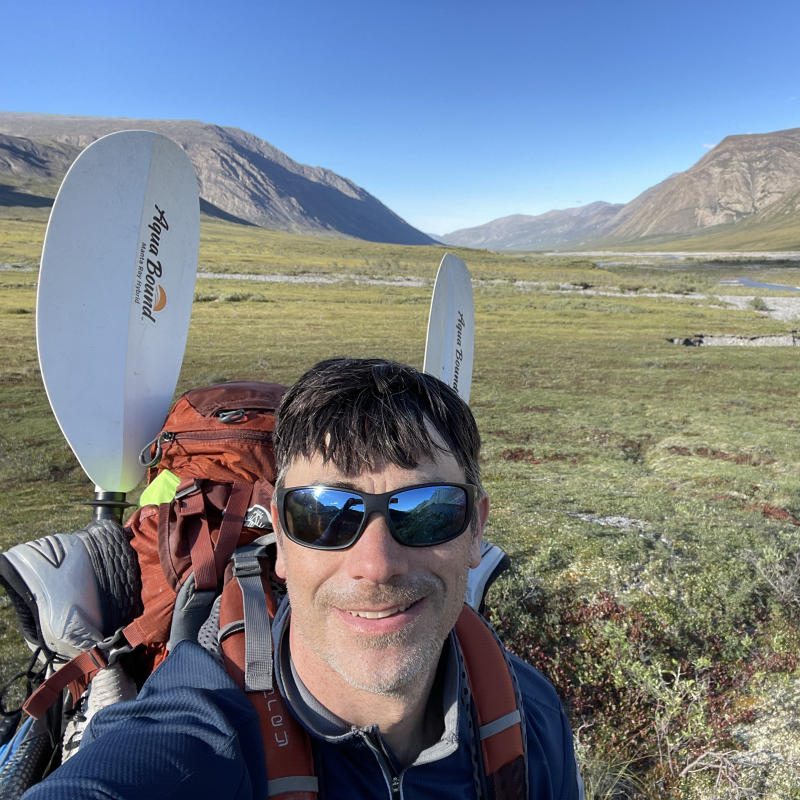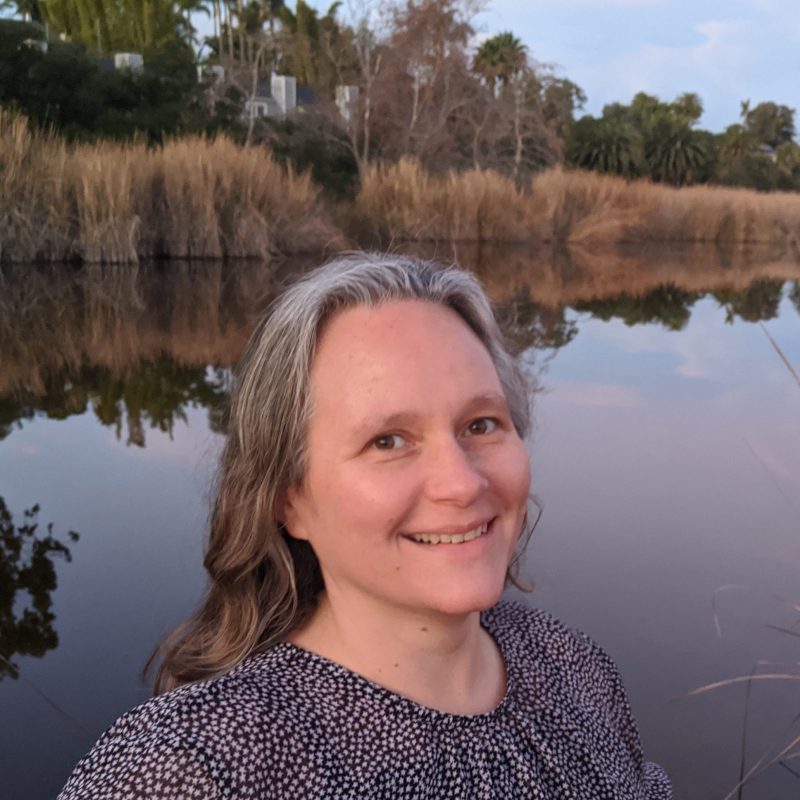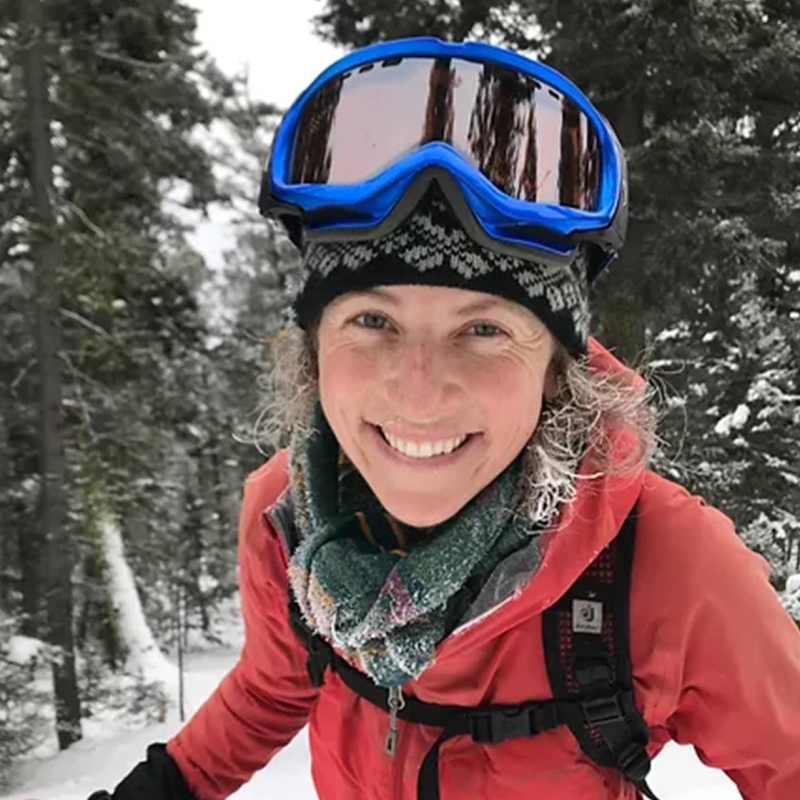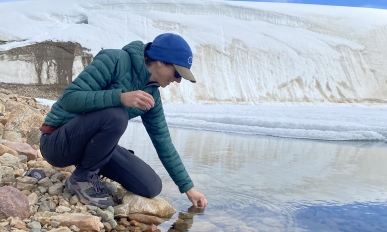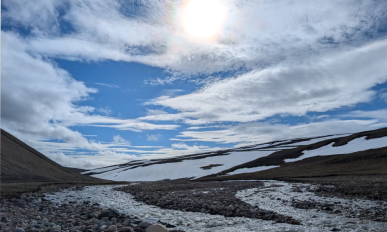Follow the Water: Understanding River Discharge and Hydroclimate Dynamics in Rapidly Changing High Northern Latitudes
This project will measure multiple components of the water cycle in permafrost watersheds across a range of glacial coverages (including glacier free) in High Arctic Greenland. These data will characterize shifting river source contributions and provide critical field data needed to calibrate novel numerical hydrological models. These models will then help test river discharge hypotheses given future Arctic change under different climate scenarios (e.g., more precipitation, deeper active layer). These analyses will help understand how increased active layer flow could mitigate the hydrological impact of glacier recession and future transition to ice-free watersheds.
From the Blog
It’s early July, but in Qaanaaq, Kalaallit Nunaat (Greenland) Dr. Eric Klein and his research team are preparing for winter. They are retrieving pressure transducers (data loggers) that measure water level and temperature from the West Qaanaaq River and uploading the data onto a field computer. It’s exciting to see the data come to life
I thought I had seen all of the colors of blue before my trip to the Far North. After all, I teach about the electromagnetic spectrum and the active and passive sensors that scientists use to understand our changing planet. And yet. There were blues in Kalaallit Nunaat that I had never seen before. While photographs don’t really capture the vibrancy of the colors, or the feeling of being there, they are a starting point for conveying what I mean.
© Polar STEAM. All Rights Reserved.
